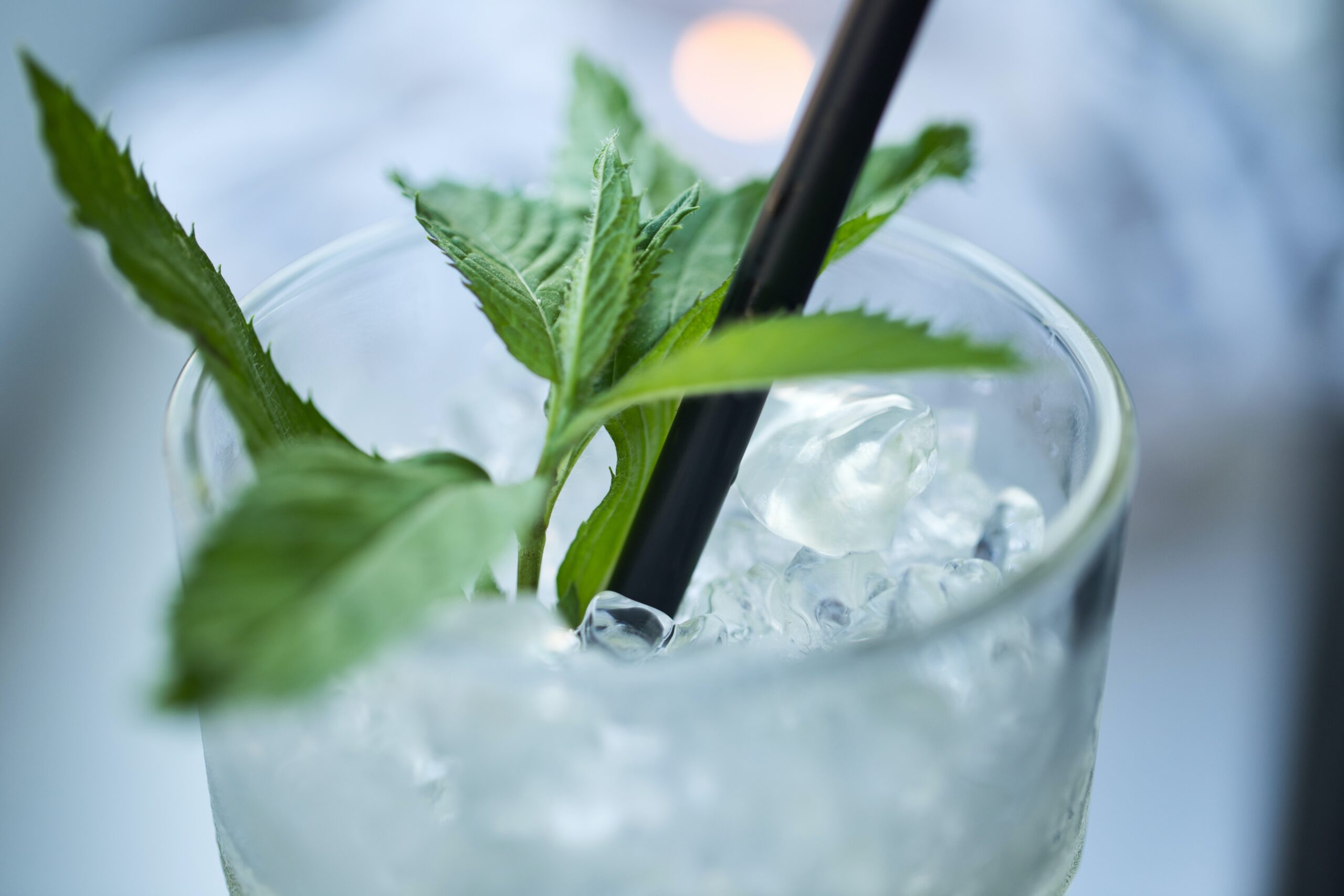In the first three lines of his poem “As Planned,” American poet Frank O’Hara writes:
After the first glass of vodka
you can accept just about anything
of life even your own mysteriousness
Vodka’s allure has beckoned many people over the years, both famous writers and otherwise, and has remained a consistently popular drink the world over. And today, some of the most popular and profitable vodka brands are going sustainable.
“Consumers are more conscious about what they are putting into their body, but also about how things are made,” says Gregory Constantine, CEO of Air Co. vodka. Going well beyond just food, consumers are increasingly focused on the ingredients and production processes of spirits, wine, and other beverages.
History of Vodka
Vodka, it turns out, is the most popular spirit in the U.S., having surpassed whiskey in 2003. Despite its commercial success, the drink’s origins remain unclear. One theory claims vodka was first produced in the 15th century by monks at the Chudov Monastery in the Kremlin. But many historians aren’t sure whether vodka originated in Russia or Poland, and some say it was invented as early as the 8th century. According to the Southern Food and Beverage Museum, the first documented vodka distillery was in Khylnovsk, Russia in 1174.
What’s not ambiguous is the origin of the word vodka. Russian chemist Dmitri Ivanovich Mendeleev coined the term in the late 19th century, drawing on the Russian word voda, meaning “water.” Before that, vodka was known as grain wine.
Traditionally distilled from potatoes, modern-day vodkas are more likely to be made from wheat or rye. Vodka can also be made from corn, sugar cane, beet roots, grapes, along with other fruits and vegetables. Distillation results in neutral spirits that are then mixed with water and filtered, resulting in a drink that’s generally considered to be odorless and flavorless.
Vodka and Sustainability
Alcohol production, including vodka, tends to leave a large carbon footprint. In 2014, more than 120 billion pounds of crops were used to make spirits, most of it ending up as waste. The distillation process itself uses vast amounts of water and energy to purify the alcohol, and packaging and shipment leads to more material waste and increased emissions.
Many big-name brands have taken steps to address some of these environmental issues, amid rising consumer demand. According to The Spirits Business, “[alcohol] producers of all sizes are exploring ways to make every stage of their production process more sustainable.” The move towards sustainability reflects a broader societal shift. As people become more environmentally conscious, they’re increasingly interested in supporting brands and products that adopt sustainable practices.
“Consumers want to hear the stories behind the brands,” says Matti Anttila, founder and CEO of Grain & Barrel Spirits. “A sense of place is critical for consumers.”
Sustainability has become even more relevant in the era of COVID-19. “Generally, all this coming together in this time of crisis, it makes people more inclined to buy local and buy domestic,” Anttila says.
The Rise of American-Made Sustainable Vodka
Consumers have historically viewed imported vodka as superior to domestic. But that’s changing thanks to a rise in American-made, premium vodka. Many of the nation’s top vodka brands are also leading the way in sustainability.
Tito’s is perhaps the most well-known domestic vodka, often credited with starting the whole made-in-America vodka trend. “The biggest change in vodka over the last handful of years has been the shift in consumer attention from super-premium imported vodka to premium domestic vodka,” explains Anttila. “Most notably, this has been led by Tito’s.”
Made in an Austin, Texas distillery, the vodka is distilled from corn, making it naturally gluten-free, and crafted using old fashioned pot stills which, according to the company, “requires more skill and effort, but…is well worth it.”
Tito’s Handmade Vodka also partners with various non-profits, including One Good Turn, an organization that supports access to better healthcare in underserved communities. In response to the challenges of the current moment, Tito’s has started making hand sanitizer as well as funded research grants related to COVID-19. Making business decisions that support not just the environment but also the people is an integral aspect of sustainability.
McCormick Distilling Company, one of the largest producers of grain spirits in the U.S., introduced 360 Vodka, made from American grain, and packaged with recycled materials. The bottle features 85 percent recycled glass along with a unique reusable closure that can be adapted for other purposes or returned to the company for recycling (they’ll send you a pre-paid envelope for shipping).
360 Vodka’s green initiatives don’t stop with the bottle. The brand also partners with the Missouri Department of Conservation in an effort to plant indigenous trees across 40 acres of land near the distillery. And an on-site employee recycling program claims to recycle “170 tons of material annually.”
A crop of California-based brands is also ratcheting up its sustainable efforts. Humboldt Distillery makes a certified organic vodka using ingredients grown without synthetic pesticides or fertilizers. It’s also non-GMO and free of glycerin, sweeteners, and other additives. Tasting Panel Magazine described the final product as “smooth, lush and balanced, with velvety notes of vanilla and clean flavors.”
The Bay Area’s Hangar One makes their vodka from fine grapes and Midwest-grown grains. And Hanson of Sonoma Distillery, based in the heart of wine country, produces a vodka that’s organic, entirely grape-based, gluten-free, and non-GMO. Grapes are sourced from nearby organic vineyards and are USDA certified. Each of these brands consciously sources local ingredients, a hallmark of sustainable alcohol production.





